Setting the Stage
On March 3, 2010, a routine ferry flight across Puerto Rico ended in tragedy at Eugenio Maria de Hostos Airport in Mayaguez. The aircraft was an experimental amateur-built RANS S-6S, registration N514PM. At the controls was a 55-year-old sport pilot with just 48 total flight hours, of which only 25 were in the RANS S-6S and 5.25 as pilot-in-command. This was a relatively new pilot, certificated as a sport pilot only six months earlier, and still building experience and confidence.
The flight originated from Patillas, Puerto Rico, with a friend flying another airplane alongside. Their destination was Arecibo, but as often happens in aviation, weather had a say in the matter. Strong crosswinds were reported at Mayaguez, and that’s where things began to unravel.
The Flight and the Decision Point
The two pilots, flying in separate aircraft, chose to stop at Mayaguez rather than attempt to cross the mountains toward Arecibo. On approach to runway 9, another aircraft, a Cessna Caravan, announced that the winds were heavy out of the south, making landing difficult. The Caravan pilot managed to get down, and the friend of our accident pilot also landed successfully.
He radioed back to his friend, advising him of the strong crosswinds and suggesting that, since he had plenty of fuel, it might be safer to continue on to Arecibo instead of attempting the landing. Despite this advice, the accident pilot elected to attempt an approach into Mayaguez.
His first try ended in a go-around. That’s usually a good decision—when in doubt, power up and try again. But instead of heading onward to Arecibo as advised, the pilot re-entered the traffic pattern for another attempt.
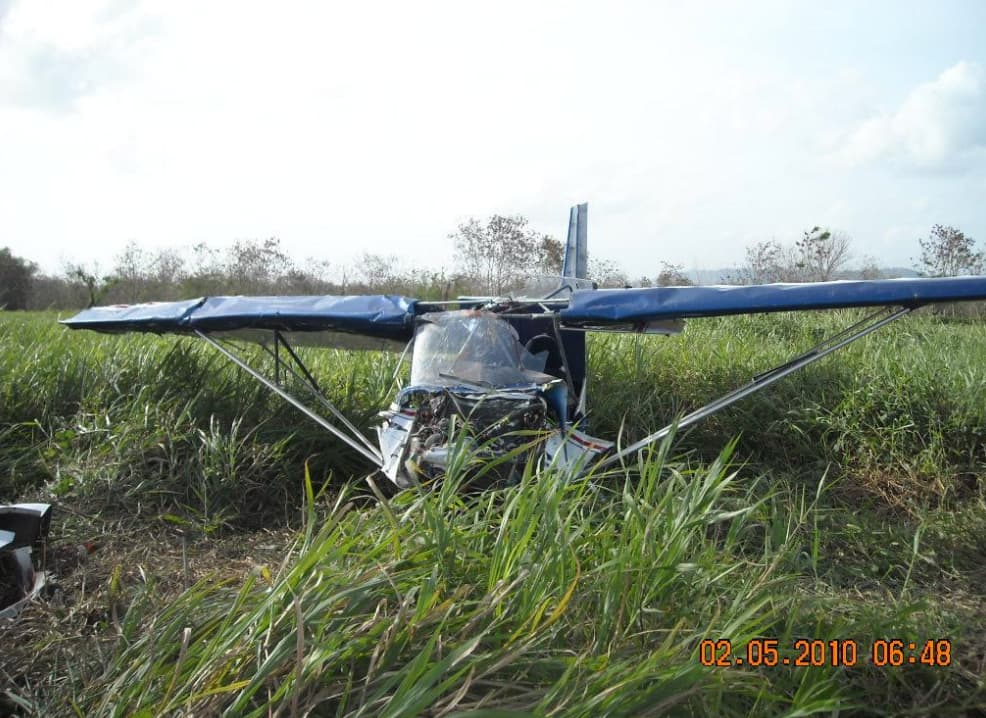
The Critical Moments
Witnesses reported that the second approach looked unstable from the start. On the flare, the airplane came in fast. The nose pitched up sharply, reaching about 45 degrees nose-high. That’s an extreme pitch attitude for landing and a red flag in any airplane, but especially in a light sport aircraft with low inertia.
His friend, watching from the ground, radioed urgently to “add power.” The pilot responded, and the engine could be heard increasing. But the airplane was already too slow. At roughly 75 feet above the ground, the airspeed bled off. The RANS S-6S stalled, the left wing dropped, and the airplane snapped into a spin.
There was no altitude left to recover. The aircraft impacted the ground nose-down and left-wing low, coming to rest inverted. The crash was not survivable.
The Pilot and His Experience
The accident pilot’s logbook told a story of someone still in the earliest stages of flying. He had logged 42.75 hours with an instructor, and only 5.25 hours of solo pilot-in-command time. Of those hours, 25 were in the accident airplane’s make and model.
While the RANS S-6S is a capable light sport aircraft, it is also unforgiving if flown outside its envelope. The stall speed, according to the Pilot Operating Handbook, is just 43 mph in straight-and-level flight. But at a bank angle—say, while trying to correct for crosswind drift—the stall speed climbs dramatically. At 45 degrees of bank, stall speed is 51 mph, and at 60 degrees of bank, it rises to 61 mph. With the pilot’s steep nose-up pitch and crosswind corrections, it’s easy to see how the airplane could have reached a stall/spin scenario in the blink of an eye.
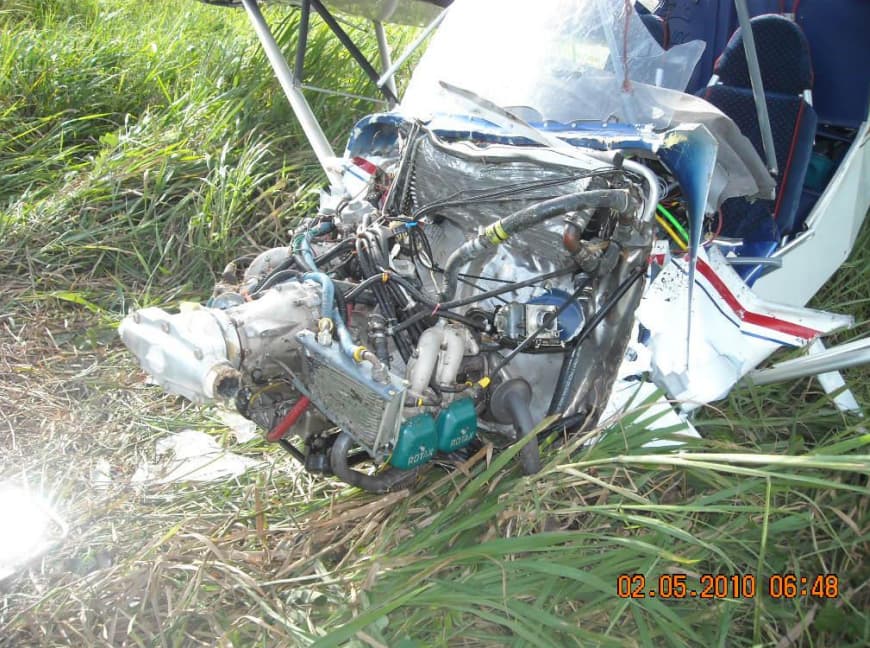
The Weather Factor
The weather at Mayaguez that afternoon was far from calm. At 12:52 local time—just minutes before the crash—the surface observation reported winds from 160 degrees at 10 knots, gusting to 20. With runway 9 in use, this meant a significant crosswind component. For a low-time pilot in a light sport airplane, that was a handful.
The gusty conditions meant the airplane’s control inputs had to be precise. Any delay in correcting for drift or airspeed decay could quickly get ahead of the pilot’s abilities. And in this case, the pilot was both inexperienced and facing conditions that may have exceeded his comfort level.
Wreckage and Examination
The NTSB’s examination of the wreckage revealed no mechanical issues with the airframe or engine. The Rotax 912 UL engine showed no anomalies, and continuity of the flight controls was confirmed. In other words, the airplane was working as it should.
The throttle was found full forward, and the magneto switch in the “both” position. Fuel was present in the tanks and carburetors. The pilot’s seatbelt and shoulder harness were in use, which tells us he did everything by the book in terms of preparation. Unfortunately, the loss of control was unrecoverable at that altitude.
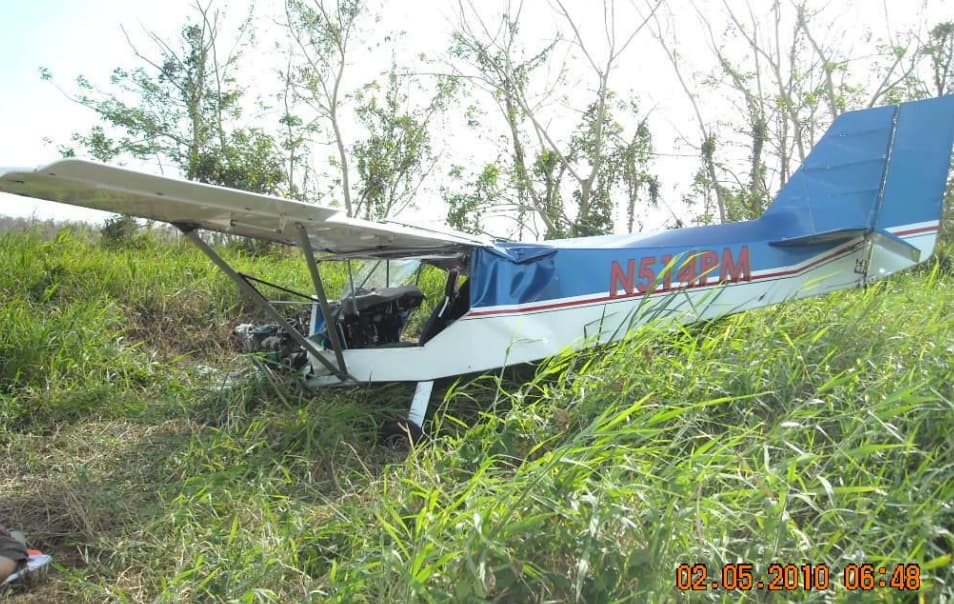
Lessons from Mayaguez
This accident highlights a few critical lessons for pilots at all experience levels:
- Respect Crosswind Limitations – Even if the airplane is mechanically capable, the pilot’s skill level is the real limiting factor. Know your personal minimums and stick to them.
- Listen to Advisories – The accident pilot’s friend had successfully landed but strongly advised him to continue on to Arecibo. That was sound advice, and it’s a reminder that sometimes the safest decision is the one that feels anticlimactic: divert, continue, or wait.
- Go-Arounds Are Good, But They’re Not Infinite – The first go-around was smart. But repeating the same unstable approach without adjusting the plan can lead to the same or worse results.
- Low-Time Pilots Need Conservative Choices – With just 5 hours as PIC, this pilot was still learning how to handle unexpected situations. In challenging conditions, conservative decision-making becomes a life-saving skill.
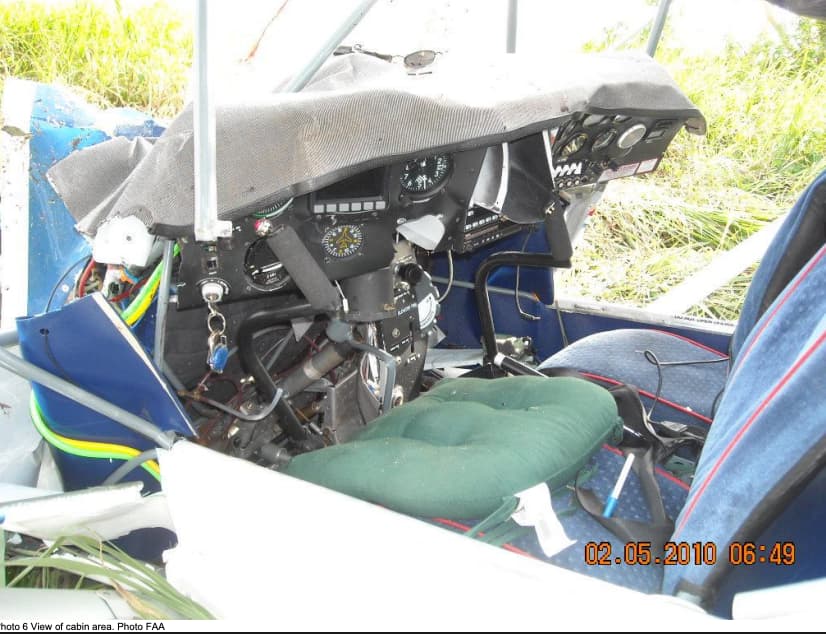
Final Thoughts
The story of N514PM is a sobering reminder of how quickly things can go wrong when weather, inexperience, and decision-making intersect. The RANS S-6S is a capable sport aircraft, but it demands precise control near the edges of its performance envelope.
Crosswind landings are a challenge for every pilot, but especially for those still early in their flying careers. The best takeaway here is simple: if you’re ever uncertain about a landing, especially in gusty crosswinds, there’s no shame in diverting. The safest landing is always the one you can walk away from.

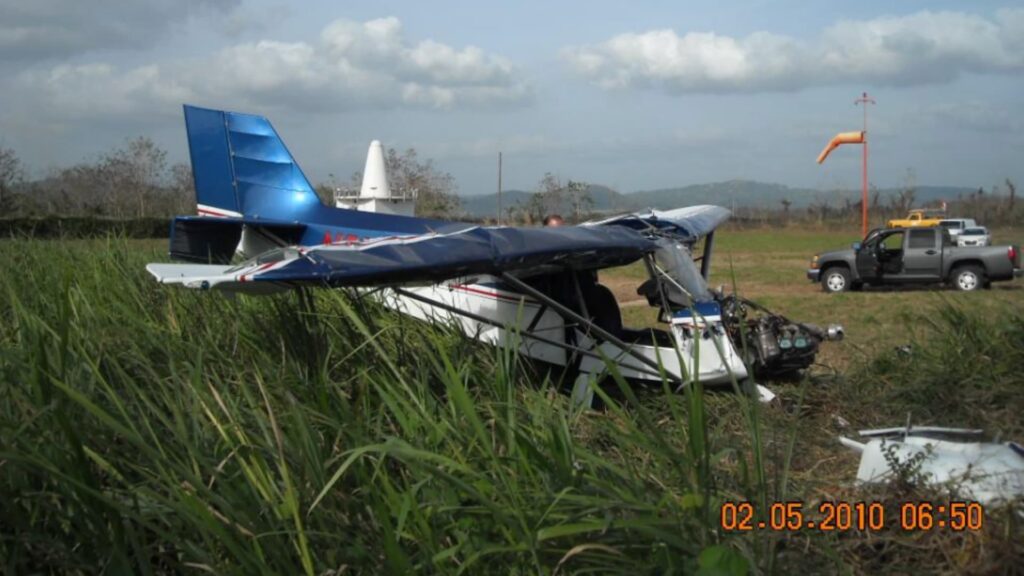




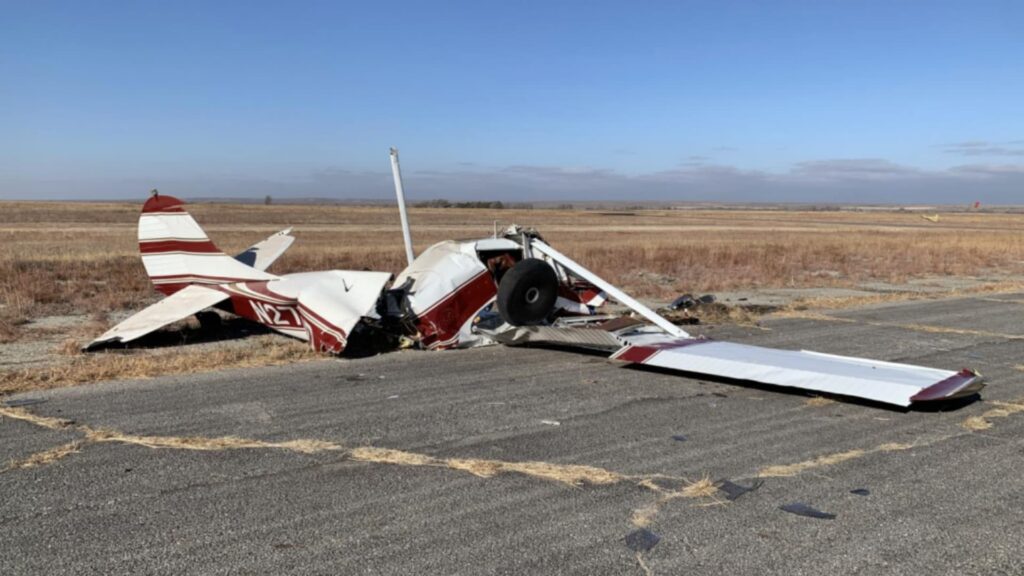
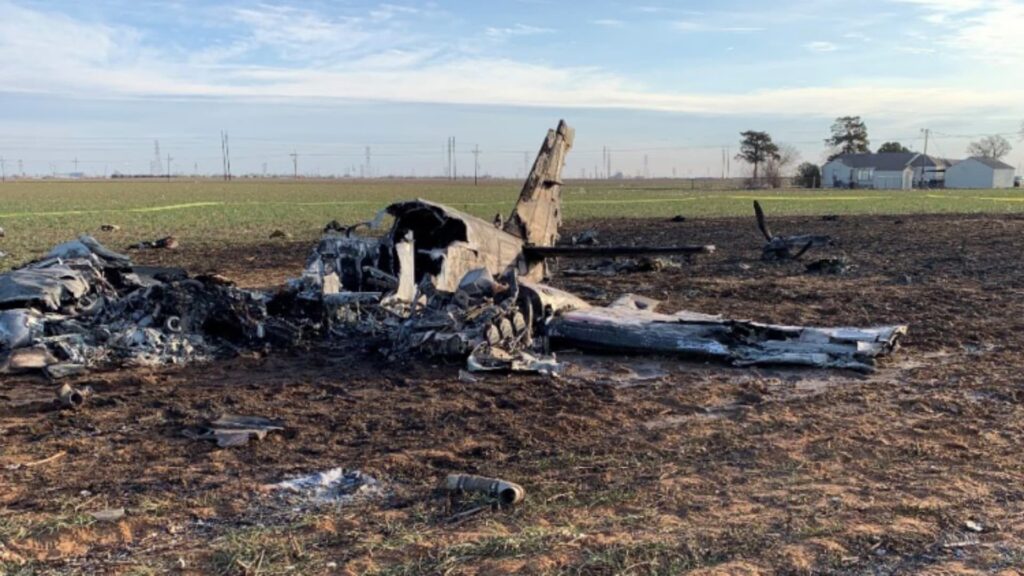

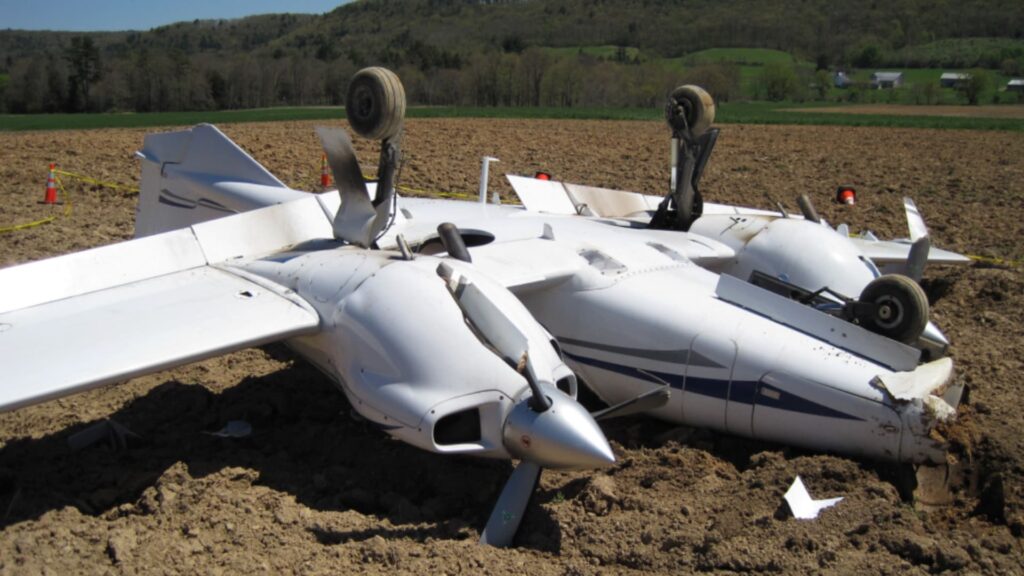
3 Comments
Very early I learned and followed: There are old pilots and there are bold pilots; but there are no old, bold pilots. You just have to not outfly your ability.
I don’t think I’m ever going to climb into a GA aircraft – not in the U.S. anyway 😦. Too many of them crash. I’m puzzled about the comment on the flare. Surely that isn’t done until the plane is almost on the ground?
I’m very surprised the pilot here chose a high sport aircraft to learn on. His insurance must have been sky high! Did he not have to get type rated on the aircraft? I guess before he could carry passengers he would have to.